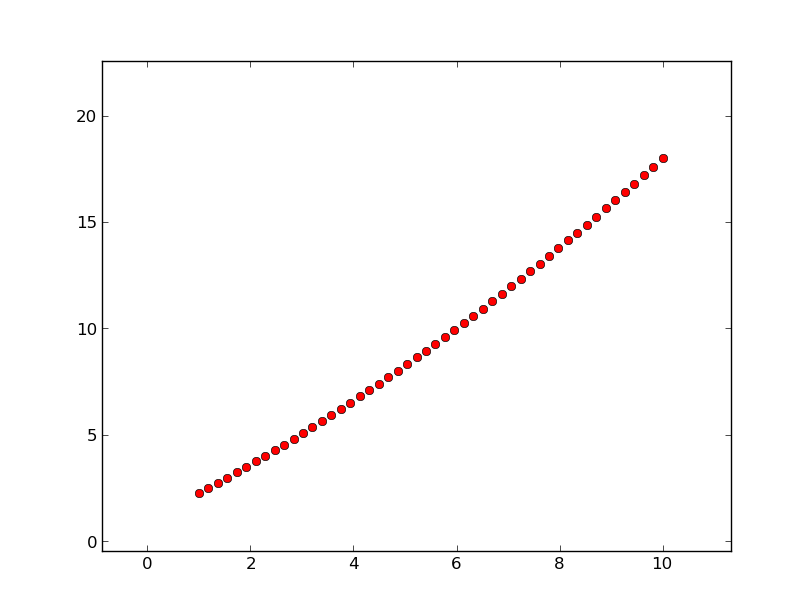gen_curve.sh
Updated: Oct10,2018
Generate a data using a function in one dimension. Note that a higher level
script named make_fit_data uses this
routine, along with some others, to generate curve data with added noise.
Some useful initial commands for gen_curve.sh are:
% gen_curve.sh
Usage: gen_curve.sh line coefs.1 50 1.0 10.0
arg1 - type of curve (L for list)
arg2 - name of coefficients file
arg3 - number of points
arg4 - xmin
arg5 - xmax
arg6 - header flag (Y/N)
% gen_curve.sh L # Generate a listingof available functions
Helpful Note:
This routine requires thet the input coefficients file (e.g. coefs.1) be present.
The routine make_fit_data allows the user to construct this file "on the fly". You
can do this manually:
Usage: make_coeffs_file poly4 file.1
arg1 - type of curve
arg2 - name of coefficients file to be created
Examples:
% make_coeffs_file poly3 c.1
% make_coeffs_file r4sph coeffs.spheroid
I use this code for a lot of things, so I have compiled a number of examples below.
Note that in Oct2018 I added a new arg8 that allows the user to specify that a
debug/verbose mode be used. There are a few routines that use gen_curve.sh that
will have to be revised: curve_fit, curve_fit_omc. curve_fit_prep, make_fit_data.
- Generate and plot a parabola.
- Generate a noisy parabola.
- A good collection of fancier examples.
Generate and plot a parabola.
To generate a polynomial using 3 terms and then make a quick
plot I show the following figure:
 |
To generate a parabola I use the following run gen_curve.sh
with the input file c.3. Notice that since I'll be using 3 terms
in the polynomial equation to generate the data, the type of
function (the first argument to gen_curve.sh") will be "poly3".
My input file that contains the values of the terms (one value
per line) can be named anything ("c.3 in this example).
% cat c.3
1.0
1.2
0.05
% gen_curve.sh poly3 c.3 50 1.0 10.0 N > MyData
% ipython
In [1]: from scomods.ascii_tools import *
In [3]: x=read1col("1","MyData")
In [4]: y=read1col("2","MyData")
In [5]: import matplotlib.pyplot as plt
In [6]: plt.plot(x,y,"ro")
In [7]: plt.show()
In [9]: quit()
Note that the I used the matplotlib show() routine to
manually adjust the scale and placement of the the final X,Y
axes before I generated the plot file above. This is a handy
way to quickly view data. I have made use of my own ASCII
reading tool in the above example. See my document on using
ipython for more explanations and examples. Note also that in this
example I used arg6=N, so no header file preceded the generated
curve data. In this case the header was written to a local file
named "gen_curve.explain".
|
Generate a noisy parabola.
Here I use the oned_imarith.sh routine to add noise to a test curve.
To generate the noiseless parabola:
% gen_curve.sh poly3 c.3 50 1.0 10.0 > MyData.1
To generate noise:
% gen_noise.sh gaus 50 0.0 2.0 > noise.1
To add noise to MyData.1:
% oned_imarith.sh MyData.1 + noise.1 MyData.2
RECALL: You can add randomness to the generated noise by adding a seed file:
% date > seed
A good collection of fancier examples.
During Summer2016 I compile a lot notes on ipython, matplotlib and
numpy. I had some
good curve generating examples there. These notes were tucked away with
the very descriptive title "bunch o notes". For safer keeping, I placed a copy
of these nice curve examples here.
Back to SCO CODES page
